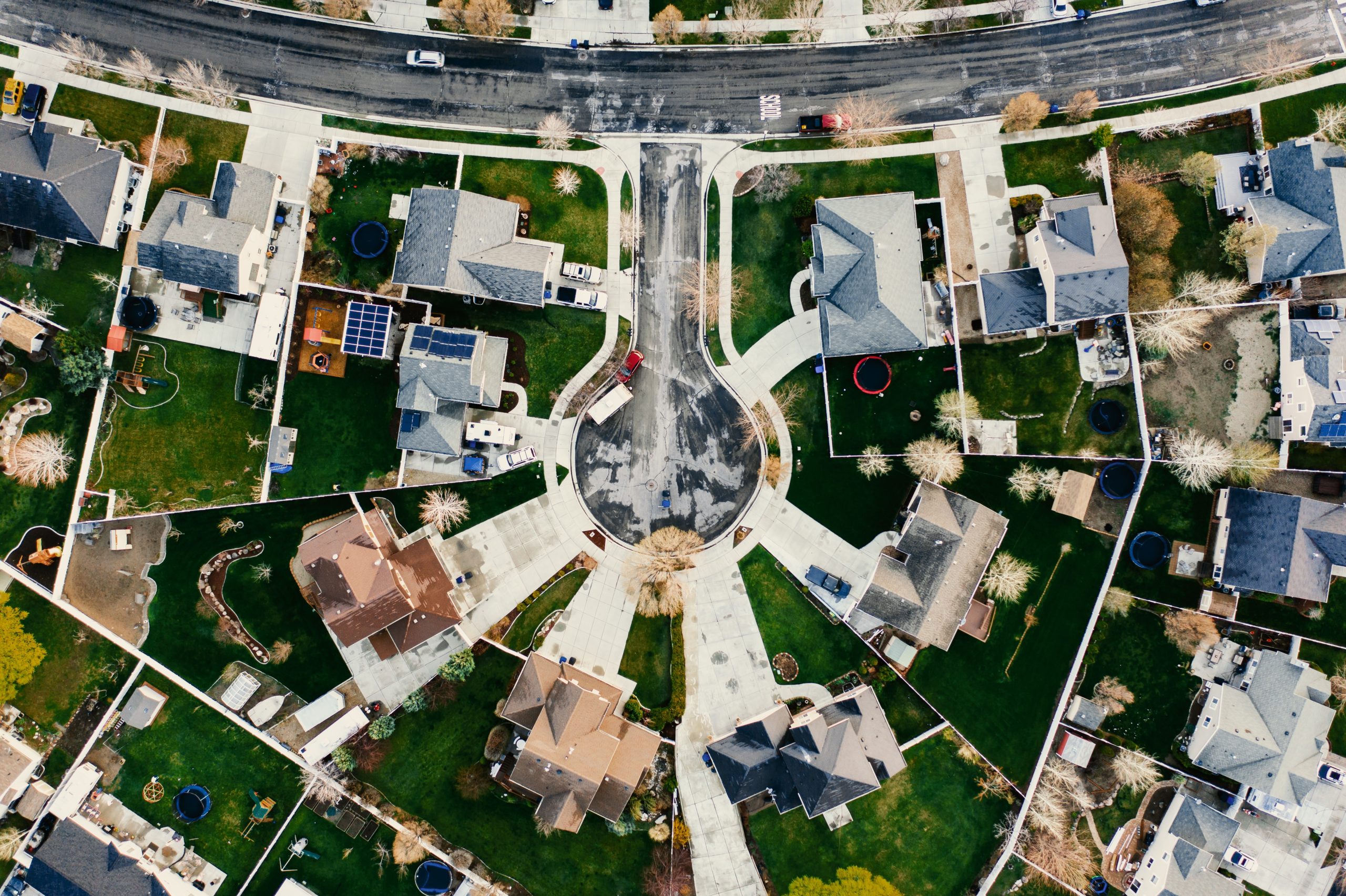If there is one defining factor of the second quarter of 2020, it would be coronavirus. It has impacted the market in every single facet, from rental to commercial to residential. In some areas, the market has already begun to rebound as the worst of the virus has passed; in others, the damage is longer-lasting; in still others, the slowdown is just beginning.
How are Housing Prices?
Across the board, CoreLogic expects home prices to drop in the United States by ~6.6%, the first decline since the recovery of the Great Recession began in 2012. Though the market has been slowly recovering thus far, spurred on by a strong desire to push out of the cities and hotspots, those numbers will likely be driven down by forthcoming delinquencies that stem from continued unemployment. The Federal Reserve cutting interest rates are unlikely to significantly have long-lasting effects to spur the housing market forward, however, as CoreLogic anticipates that the expected decline will begin in mid-summer, as the initial wave of sales following the first wave of the virus begins to slow down.
What About Mortgage Payments?
Further evidence of this is seen in mortgage payments, or lack thereof. In May 2020, total borrowers who were 20+ days in delinquency topped 4.3M, a record (which broke the previous record, set in April 2020), per Black Knight. More than 8% of homeowners were in some sort of foreclosure of delinquency, marking the highest such number since November 2011. While these figures do include homeowners who are in payment plans or forbearance, the number is also expected to go up at the end of July, when the additional $600 monthly federal unemployment stipend expires. Leading the top of the list of states with the most homeowners in delinquency were Louisiana and Mississippi, New York, New Jersey, and Florida. While NY and NJ struggle to recover as the former national epicenters of the virus, Florida and other states like Arizona, Texas, and California are looking to extend or re-enter lockdowns, meaning that the 40M people who filed unemployment in e. June will likely rise, adding to the snowball effect.
How Are Rental Markets Fairing?
Renter-heavy metros such as San Francisco and NYC are not immune to the real estate woes. With renters out of work and states enacting legislation to prevent evictions, on top of already-strict eviction procedures, landlords are seeing their bills skyrocket and income evaporating. Politico reports that 25% of renters have not paid anything since March, which is particularly harmful in high-cost states like NY and NJ. Between dealing with delinquent tenants and vacant apartments from lessees who are fleeing the cities for the suburbs, rents are declining. Six of the top 10 most expensive rental markets (SF, NYC, Boston, San Jose, Oakland, DC, LA, Seattle, Miami, San Diego) reported at least ~1% drop in rents; in SF, that number was ~11.6% (Wolfstreet).
The housing market may actually end up looking like a “W” recovery, per CNN, as potential second lockdowns, new spikes, and high levels of unemployment continue. The market will likely shape itself around the pandemic, but uncertainty abounds. Yes, flipping is strong, but who will buy? Investments are normally a good bet, but will tenants be able to afford rent? In any event, it seems likely that the market is unlikely to stabilize before the pandemic comes under control.


